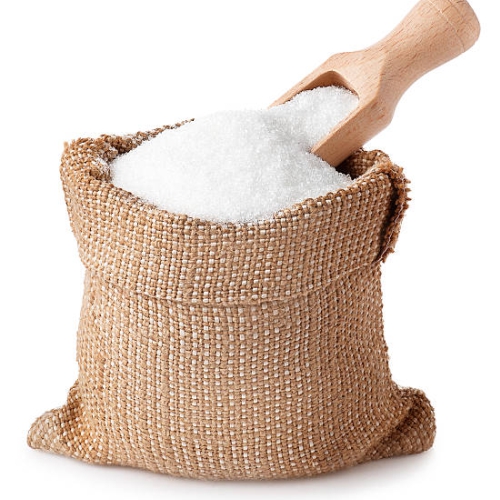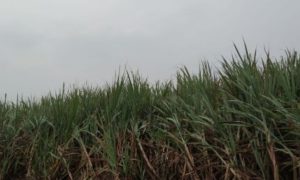Sugar over ethanol during election season: Govt decision on curb on cane juice for ethanol to ease sugar prices by 3-4% in SS 2023-24

After the government restricted the use of sugarcane juice and sugar syrup for ethanol production in ethanol supply year (ESY) 2023-24 (November 2023 to October 2024) on December 7th, 2023, sugar prices, CRISIL M&A report stated, are set to ease. With sugar supply expected to rise by 2-2.5 million tonnes, prices are expected to rise a moderate 3- 4 per cent in SS 2023-24 on-year. The closing inventory would surpass 3 months’ consumption, ensuring adequate supply for the country, it said.
Sugar prices had earlier surged 7 per cent and 5 per cent in SS 2021-22 and SS 2022-23, respectively. By the end of SS 2022-23, sugar prices had crossed Rs 40 per kg in northern India, due to lower sugarcane availability and its increased diversion towards ethanol. Closing inventory stood at 2 months’ consumption in SS 2022-23, versus an average of 4 months in the last 5 years.
On the restriction on use of sugarcane juice and sugar syrup for ethanol production, the government on Friday said that supply of ethanol from existing offers received by oil marketing companies from B heavy molasses, C heavy molasses and grains will continue. It said that the government is committed to meeting the 20 per cent ethanol blending target by 2025-26 and said the ban on the use of sugarcane juice and sugar syrup has been imposed as a “temporary” step due to lack of clarity on cane output for the current season.
The government has set its priorities right and has taken measures to control domestic sugar prices against the backdrop of price volatility in staples like rice, wheat, onion, tomato, and the upcoming national elections.
India experienced a scanty rainfall in key sugarcane-producing states such as Maharashtra and Karnataka that received 3 per cent and 18 per cent lower rainfall on-year. Insufficient water availability led to lower yields. As a result, sugarcane production is expected to decrease ~9 per cent in SS 2023-24 (October 2023 to September 2024). Given sugarcane is a key raw material for production of both sugar and ethanol the government has decided to choose sugar before ethanol production.
“Of the total ethanol produced in the country, ethanol from cane juice accounted for 25-30 per cent while that from B heavy molasses accounted for over about 60-65 per cent. Ethanol from C heavy molasses and grains accounted for the rest,” said CRISIL.
With sugar mills now diverting more sugarcane towards production of B heavy and C heavy molasses, originally intended for ethanol production from sugarcane juice, sugar production is expected to be boosted by ~2.5 million tonnes for SS 2023-24.
Per the CRISIL M&A report, the cessation of a substantial portion of ethanol production is expected to result in reduced EBITDA margins in the distillery segment of integrated sugar mills. Consequently, overall EBITDA margins of integrated sugar mills are projected to decline by about 100 basis points in SS 2023-24. “A further fall in margins would be arrested by higher sugar prices that would lead to better profitability from the sugar segment,” it said.
Further, the decision will also have an impact on the government’s ambitious target of attaining 20 per cent ethanol-blended petrol by EY 2024-25 and 30 per cent by EY 2029-30. In EY 2022-23, a blending rate of 12 per cent was achieved, and the industry had anticipated a rate of 13-15 per cent in EY 2023-24. Now, the new regulation is expected to keep the blending rate below 10 per cent in EY 2023-24, with ethanol production projected to fall 20 per cent and petrol consumption expected to increase 5 per cent.
















